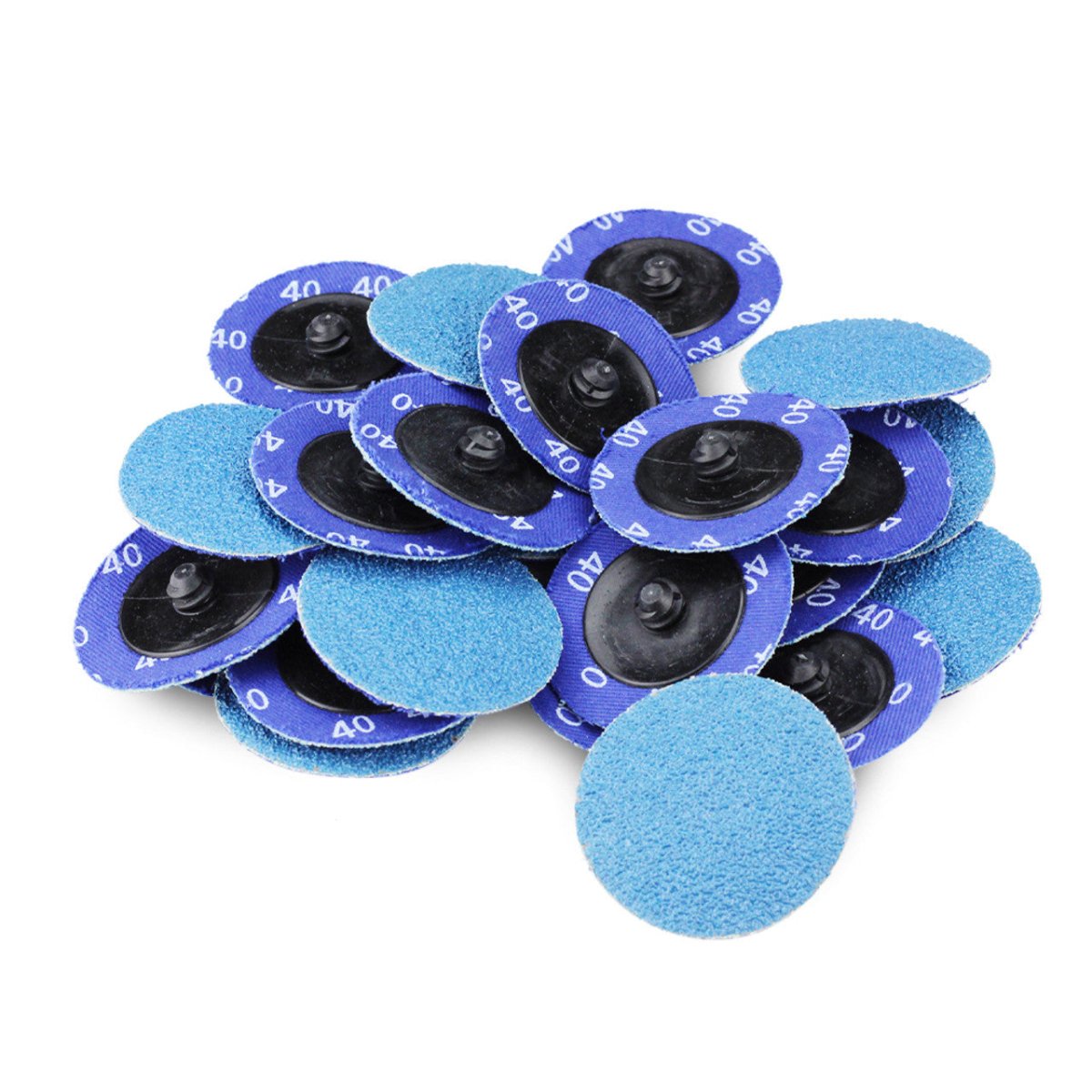- Do you need a special tool to open a watch?
- Watch case types (How they open)
- Essential watch repair tools for opening cases
- Tool comparison: Professional vs DIY
- Step-by-step: How to open each case type of watch
- Watch Reassembly & sealing for water resistance
- Common watch repair mistakes to avoid
- When to take your watch to a professional
- Recommended watch repair kit (link)
- FAQ(Your Watch Questions Answered)
- Conclusion
Do you need a special tool to open a watch? (Short answer)
Short answer: usually, yes. While some watches can be opened with improvised tools, most modern watches are designed with tight tolerances and protective gaskets. Using the wrong tool can scratch the case, deform the threads, or damage the gasket — all of which can compromise water resistance or overall function.
Whether you need a special tool depends on three things:
- Case type — snap-back, screw-back, or front-loading;
- Purpose — simple battery swap vs movement servicing;
- Value of the watch — a cheap quartz may tolerate DIY; a valued mechanical piece is better handled by a pro.
Watch case types (and how they open)
Understanding how a watch case is built helps you choose the right approach. Below is a concise table with the most common case types you'll encounter in watch repair.
| Case Type | How It Opens | Typical Signs | Tools Commonly Used |
|---|---|---|---|
| Snap-back (press-fit) | Pried open at a small notch or seam | Thin seam around the back, small lip or notch | Case knife, thin pry tool |
| Screw-back | Unscrews using multiple notches or slots | Notches or small indentations around the perimeter | Case wrench (adjustable), friction ball |
| Hex or Slotted back | Unscrews with a matching driver size | Hex-shaped recess or flat slots | Specific bit or driver, case wrench |
| Front-loading (crystal removal) | Crystal/crown removed to access movement from the front | Large crystal, snap-in bezel, or press-fit crystal | Crystal lift, bezel remover, case press |
| One-piece / Monobloc | Movement was removed through the front after removing the crystal | No removable back; crown removal required | Specialized tools, movement holders |
Essential watch repair tools for opening cases
Here's a practical list of tools that cover most opening tasks. If you are starting out and plan to perform basic watch repair like battery changes or strap swaps, a small starter kit typically includes most of these.
| Tool | Purpose / Notes |
|---|---|
| Case knife | Designed to pry snap-back cases open safely, the thin blade and comfortable handle reduce slips. |
| Case wrench (adjustable) | Three- or four-prong wrenches fit many screw-back watches; preferred for a stronger grip and less chance of marring. |
| Friction ball | Sticky rubber ball grips screw-backs so you can unscrew without tools that mark metal — great for lightly tightened cases. |
| Crystal lift/bezel remover | Removes crystals or snap-in bezels for front access; requires patience to avoid cracked crystals. |
| Watch press | Used to press casebacks or crystals back into place evenly—avoids bent casebacks or cracked crystals. |
| Tweezers & movement holder | For delicate internal operations, keep movement safe and secure while you work. |
| Gasket oil & small brushes | Helps reseal gaskets—important for water resistance after reassembly. |
Tool comparison: Professional vs DIY watch repair tools
Not all tools are created equal. Below is a side-by-side look so you know where it’s worth investing.
| Category | DIY / Entry | Professional / Premium | When to choose |
|---|---|---|---|
| Case knife | Thin stainless blade, plastic handle | Tempered steel tang with replaceable blades | DIY blade ok for casual use; premium for frequent use or valuable watches |
| Case wrench | 3-prong adjustable, basic tension control | Fine-adjust Swiss-style wrenches, more prongs, and micro-adjust | Buy a premium if you open many screw-backs or service multiple watches |
| Friction tools | Simple aftermarket rubber balls | Anti-slip industrial-grade balls or powered friction tools | DIY ball for occasional battery changes, professional tool for daily shop use |
| Press & dies | Basic press with a few die sizes | Shop presses with full die sets and backup pads | Get a better press if you plan to change crystals often |
Step-by-step: How to open each case type of watch
Below are practical, stepwise instructions. Read carefully before attempting. If any step feels uncertain, consider a pro.

Snap-back (press-fit) case — step-by-step
- Inspect the perimeter for a notch (small lip) or indentation specifically for prying.
- Place the watch face down on a soft cloth. Secure the watch head (not tightly) so it won’t slip.
- Insert a case knife gently into the notch. Use small, controlled pressure—do not force.
- Once the back edge lifts slightly, slide the blade and work around the seam until it pops free.
- Lift the back with your fingers or tweezers. Avoid touching the movement with your bare hands.
Screw-back case — step-by-step
- Identify the notches. Match the case wrench's pins to the notches.
- Place the watch in a case holder for stability.
- Set the wrench pins into the notches, apply downward pressure, and turn counter-clockwise.
- If it won't budge, try a friction ball first to avoid marring. Apply steady force; avoid sudden jerks.
- When open, store the case back in a safe place and note the gasket orientation.
Front-loading / crystal removal — step-by-step
- Remove the strap or bracelet for easier handling.
- Use a crystal lift or bezel remover to pop the crystal or bezel if required.
- Remove the stem/crown if the movement needs to come out — do this carefully and remember the crown position.
- Use a movement holder and tweezers when handling the movement.
Watch Reassembly & sealing for water resistance
Reassembly is as important as opening. Improper re-sealing often causes water damage later. Follow these steps to maximize the chance of maintaining water resistance:
- Inspect the gasket (rubber O-ring). If compressed, cracked, or dried out, replace it.
- Clean the gasket seat and caseback mating surface with a lint-free cloth.
- Apply a tiny amount of silicone gasket grease to the gasket to help seat and extend life.
- Use a watch press with the appropriate die to evenly press snap-backs/crystals back into place.
- For screw-backs, ensure threads are clean; thread carefully to avoid cross-threading.
Common watch repair mistakes to avoid during watch repair
- Using kitchen knives or flat-head screwdrivers: These tools slip and cause cosmetic and structural damage.
- Not replacing gaskets: Reusing old gaskets increases water ingress risk.
- Forcing parts: If a back won't open, applying brute force typically causes more harm than patience and the right tool.
- Touching the movement with bare fingers: Natural oils corrode and attract dust—use tweezers and gloves.
When to take your watch to a professional
Consider a pro when:
- The watch is vintage, expensive, or has sentimental value.
- It has complex features (chronograph, calendar complications, moonphase) that you’re unfamiliar with.
- You suspect water damage or a problem with the movement—professionals can pressure test and service properly.
Recommended watch repair kit (starter kit for home DIY)
For safe at-home watch repair like battery swaps or strap work, this starter kit covers most needs: Watch Repair Tool Kit — View on HomeDIYer
The kit typically includes: case knives, an adjustable case wrench, a friction ball, a watch press with dies, tweezers, and basic screwdrivers — everything a beginner needs to start safely.

- Q: Can I open a watch without special tools?
- A: Technically yes, but it’s risky. Household tools often cause cosmetic damage or break seals. For most watches, using a proper case knife or case wrench is the safer route.
- Q: Will opening a water-resistant watch void the warranty?
- A: Often yes; many manufacturers will deny warranty coverage if the case was opened by anyone other than an authorized technician. Check your warranty terms first.
- Q: How much does a professional battery change cost?
- A: In the U.S., common prices range from about $10–$40 depending on the store and whether resealing/pressure testing is included.
- Q: How can I tell if a case back is screwed or snapped?
- A: Screw-back cases have notches or indentations designed for a wrench; snap-backs show a seam and usually have a small notch for prying.
- Q: What should I do if my case back is stuck?
- A: Don’t force it. Try a friction ball first. If that fails, use the correct case wrench and a case holder. If still stuck, see a pro—forcing tools will often damage the case or threads.
Conclusion
In short, you usually need special tools to open a watch safely. For simple tasks like battery swaps, a modest watch repair kit is an excellent investment and prevents common mistakes for valuable or complex watches, or when in doubt, professional service is recommended—especially when water resistance must be preserved.
If you want to start DIY watch repair, consider grabbing a reliable starter kit that includes case knives, a case wrench, a friction ball, and a small watch press. Here's the kit we link to in this guide: Watch Repair Tool Kit — it’s a practical, budget-friendly option for beginners and hobbyists.
Author: HomeDIYer — Practical guides for home watch repair and hardware DIY.








